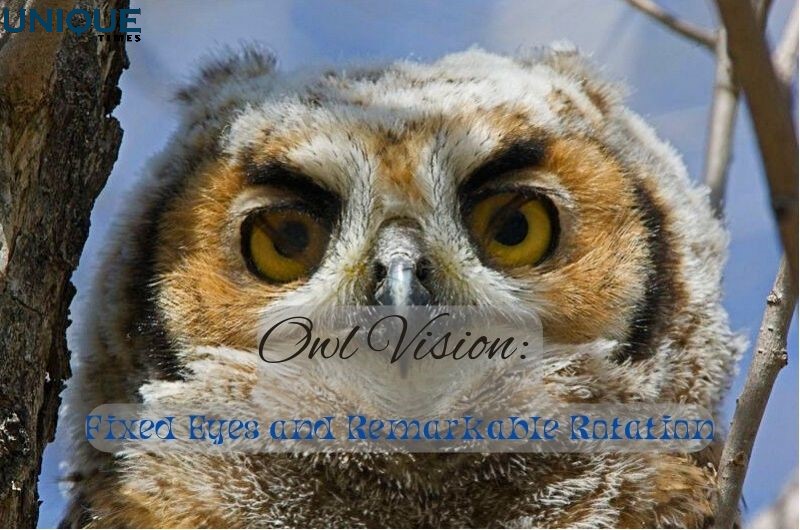Why Owls Can’t Move Their Eyes and How They Adapt

Owls are remarkable creatures known for their distinctive appearance and exceptional hunting abilities. While their large, expressive eyes are a defining feature, there’s a surprising fact about owl eyes: they cannot move. Unlike humans and many other animals, owls cannot swivel their eyes to track objects. Instead, their eyes are specialized cylinders held in place by bones, which has led to some incredible adaptations in their behavior and physiology. In this blog, we’ll delve into the captivating world of owl vision and explore how they compensate for their fixed gaze.
1. Owl Eyes: The Cylinder Structure:
Owl eyes are not spherical like ours; instead, they have a tubular or cylindrical shape. This unique structure provides several advantages:
- Enhanced Light Gathering: The cylindrical shape allows for a larger retina, which means more light-sensitive cells can be packed into the eye. This adaptation enables owls to see in low-light conditions, such as at dawn and dusk.
- Increased Visual Acuity: The cylindrical shape also enhances visual acuity, helping owls spot prey from a distance and in dim light.
2. The Challenge of Fixed Gaze:
With eyes that can’t move within their sockets, owls face a challenge when it comes to peripheral vision and depth perception. They have a fixed field of view, primarily looking straight ahead.
3. The Remarkable Neck Rotation:
To compensate for their limited eye mobility, owls have evolved an extraordinary ability to rotate their heads. They can turn their heads up to 270 degrees horizontally and up to 90 degrees vertically. This exceptional neck mobility allows them to scan their surroundings without moving their bodies.
4. Binocular Vision and Depth Perception:
Owls achieve binocular vision, which is the ability to merge the images from both eyes into a single, three-dimensional picture. This depth perception is crucial for accurately judging distances, an essential skill for hunting.
5. Hunting Expertise:
Owls are silent hunters, thanks to specialized feathers that muffle the sound of their wingbeats. Their fixed gaze, combined with their remarkable head rotation and binocular vision, makes them deadly predators. They can pinpoint the exact location of prey, even in complete darkness.
Conclusion:
Owls’ unique eye structure and adaptations showcase the incredible diversity of nature’s solutions to challenges. While they can’t move their eyes like we can, their tubular eyes, combined with their extraordinary neck rotation, grant them a distinct advantage in their nocturnal world. Owls serve as a testament to the intricate and fascinating ways in which animals have evolved to thrive in their environments, even when it means giving up certain abilities we take for granted.
Picture Courtesy: Google/images are subejct to copyright








